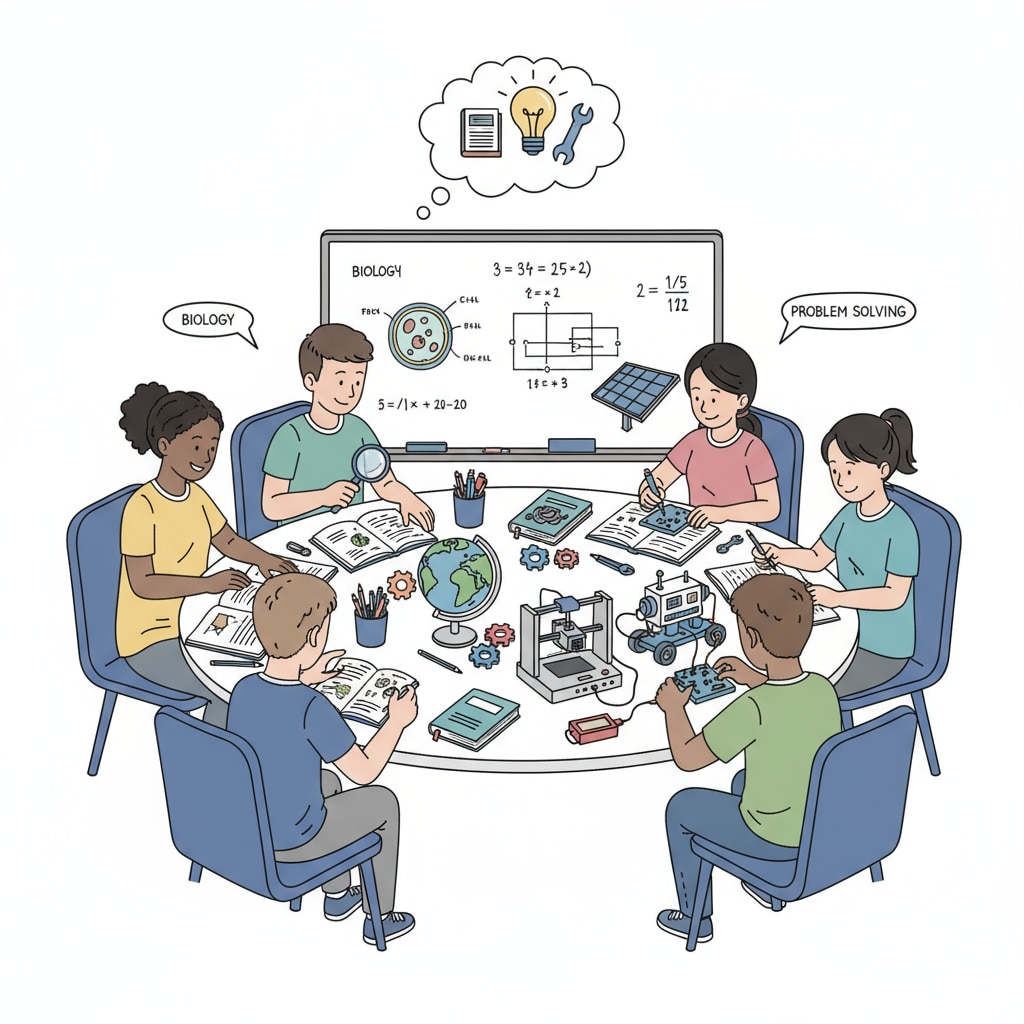In the competitive landscape of K12 scholarship applications, the interplay between GPA, scholarships, and technical skills is a critical aspect that students must navigate. Understanding how these elements interact and how to strike the right balance can significantly enhance a student’s chances of securing a scholarship.

The Significance of GPA in Scholarships
GPA, or Grade Point Average, is often a primary factor in scholarship evaluations. It serves as a measure of a student’s academic performance over a period. High GPAs indicate consistent academic excellence, which many scholarship providers value highly. For example, academic scholarships typically require a minimum GPA threshold, as they aim to support students who demonstrate strong intellectual capabilities. According to Wikipedia’s entry on Grade Point Average, a good GPA can open doors to various prestigious scholarships. This is because it reflects a student’s ability to understand and master the curriculum, as well as their dedication to learning.
The Role of Technical Skills
On the other hand, technical skills are becoming increasingly important in the modern world. Technical skills refer to practical abilities in areas such as science, technology, engineering, and mathematics (STEM). These skills enable students to apply theoretical knowledge to real-world problems. For instance, in today’s digital age, proficiency in programming languages like Python can give students an edge. Scholarships that focus on specific fields or industries often look for students with relevant technical skills. As stated in Britannica’s article on Technology, technological advancements are driving the demand for individuals with strong technical capabilities. Students who possess these skills are more likely to be considered for scholarships related to innovation and future-oriented fields.

Evaluating Different Scholarship Types
There are various types of scholarships, each with its own evaluation criteria. Academic scholarships mainly emphasize GPA, rewarding students for their high marks in traditional subjects. However, some academic scholarships may also consider extracurricular activities that demonstrate well-roundedness. Merit-based scholarships, on the other hand, take into account a broader range of factors, including technical skills. These scholarships recognize students who excel not only academically but also in areas such as leadership, community service, and technical achievements. Career-specific scholarships, like those in the medical or engineering fields, place a great deal of importance on relevant technical skills, along with a solid academic foundation.
Readability guidance: As we can see, different scholarships have different focuses. It’s essential for students to research and understand the requirements of each scholarship they’re interested in. This way, they can tailor their applications to highlight the most relevant aspects of their profile. By doing so, they increase their chances of success. In addition, students should not neglect either their GPA or technical skills during their K12 journey. Instead, they should strive to find a balance between the two.
Strategies for Balancing GPA and Technical Skills
- Create a Study Schedule: Allocate specific time for academic study to maintain a good GPA. At the same time, set aside time for learning technical skills, such as enrolling in online courses or participating in extracurricular STEM clubs.
- Integrate Learning: Look for opportunities to combine academic learning with technical skills development. For example, in a science project, apply programming skills to analyze data.
- Seek Mentorship: Find mentors who can guide you in both academic and technical areas. A teacher or a professional in the field can offer valuable advice on how to balance your studies and skill acquisition.
In conclusion, in the realm of K12 scholarship applications, finding the right balance between GPA, scholarships, and technical skills is a strategic imperative. By understanding the significance of each element, evaluating different scholarship types, and implementing effective strategies, students can enhance their overall competitiveness and work towards achieving their educational goals.


